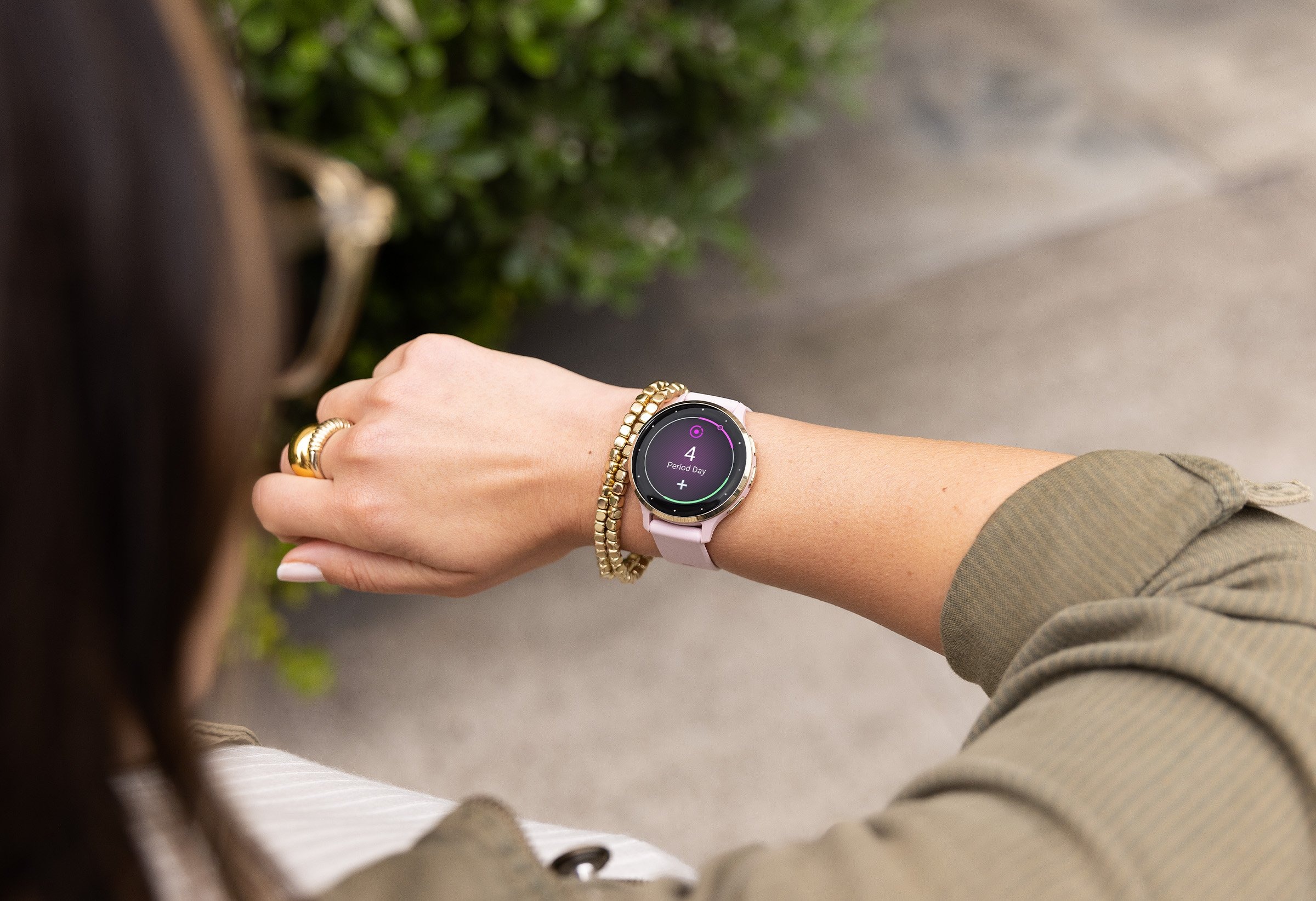For years, the retail industry has prioritized fast production, low costs, and high consumption. But that approach has led to serious consequences—mountains of textile waste, harmful emissions, and questionable labor practices. Today’s shoppers are more informed, asking: “Where did this come from? Who made it? And what happens when I’m done with it?”
Enter sustainable brands. They’re rethinking everything from materials to delivery, and in doing so, they’re not just selling products—they’re offering a better way to buy.
1. Conscious Consumers Are Driving Change
The rise of sustainable retail isn’t just coming from companies—it’s being fueled by consumer demand. People want transparency, purpose, and values that align with their own.
What’s different now:
-
Shoppers are reading labels, checking certifications, and asking questions.
-
Social media has amplified awareness of environmental and ethical issues.
-
Younger generations, especially Gen Z, are voting with their wallets.
Tip: Before purchasing, look for certifications like GOTS (Global Organic Textile Standard), Fair Trade, or B Corp to verify sustainability claims.
2. Eco-Friendly Materials Are Becoming the Norm
Many sustainable brands are moving away from conventional cotton, plastic, and leather in favor of renewable, recycled, or biodegradable materials.
Examples include:
-
Tencel and organic cotton in fashion
-
Recycled ocean plastic in sneakers and bags
-
Plant-based alternatives to leather (like mushroom or cactus leather)
Why it matters:
Using better materials reduces water use, carbon footprint, and chemical pollution throughout a product’s life cycle.
3. Ethical Supply Chains Take Center Stage
Sustainability isn’t just about the environment—it’s also about how people are treated throughout the production process. Ethical brands are transparent about where and how their products are made.
What to look for:
-
Brands that share factory locations and labor policies
-
Commitments to living wages and safe working conditions
-
Partnerships with artisans or fair trade cooperatives
Real-life example:
Patagonia publicly shares its supplier list and audits facilities to ensure fair treatment—setting a strong example in the outdoor apparel world.
4. Circular Fashion and Zero-Waste Models Are Gaining Traction
Fast fashion creates billions of pounds of waste each year. In contrast, sustainable brands are turning to circular business models—where clothing is reused, recycled, or resold instead of thrown away.
How brands are doing it:
-
Clothing rental platforms like Nuuly or Rent the Runway
-
Take-back and repair programs from companies like Eileen Fisher or Levi’s
-
Resale platforms (like Patagonia Worn Wear or The RealReal) offering secondhand goods
Tip: Support brands that offer repairs or resale options to keep products out of landfills.
5. Packaging and Shipping Are Getting a Sustainable Makeover
The box your product arrives in matters too. Sustainable retailers are finding ways to reduce waste before it even reaches your doorstep.
Innovations include:
-
Compostable mailers made from cornstarch or mushroom materials
-
Minimal or plastic-free packaging
-
Carbon-neutral or consolidated shipping methods
Shop smarter: Choose brands that bundle shipments, offer carbon offsets at checkout, or let you opt for slower, more sustainable delivery.
6. Education and Transparency Build Trust
Sustainable brands are investing in storytelling—not just selling a product, but explaining its impact.
How it works:
-
Detailed product pages with info on sourcing, materials, and labor
-
Impact calculators showing carbon savings or water use reduction
-
Blog content, videos, or QR codes that let you “meet the maker”
Example:
Everlane’s “Radical Transparency” model shows exactly how much each item costs to produce and what their markup is.
7. Big Retailers Are Adapting Too
Even major brands are feeling the pressure to go green—and many are starting to respond with better practices or eco-conscious lines.
Notable efforts:
-
H&M’s Conscious Collection (though still controversial for greenwashing)
-
Target’s partnerships with sustainable baby and beauty brands
-
Nike’s Move to Zero campaign focused on recycled materials
Caution:
Look out for “greenwashing”—when companies exaggerate their sustainability efforts. Look for real evidence, not just buzzwords.
Final Thoughts: Your Choices Matter
Sustainable brands aren’t just offering eco-friendly alternatives—they’re rewriting the rules of retail. By focusing on transparency, ethical practices, and long-term value, they show that fashion and function can coexist with purpose.
Takeaway:
You don’t have to overhaul your lifestyle overnight to shop sustainably. Start by supporting brands that align with your values, asking questions, and making mindful choices. Every purchase sends a message—and when more of us shop with intention, we help shift the entire industry toward a more responsible future.








